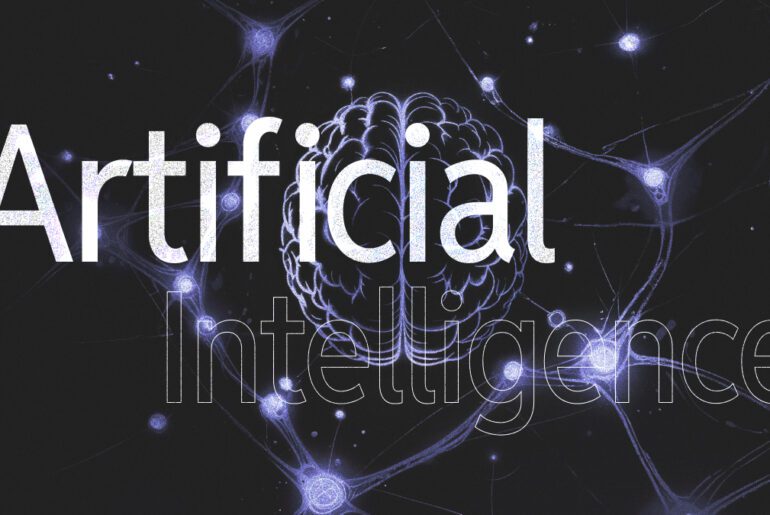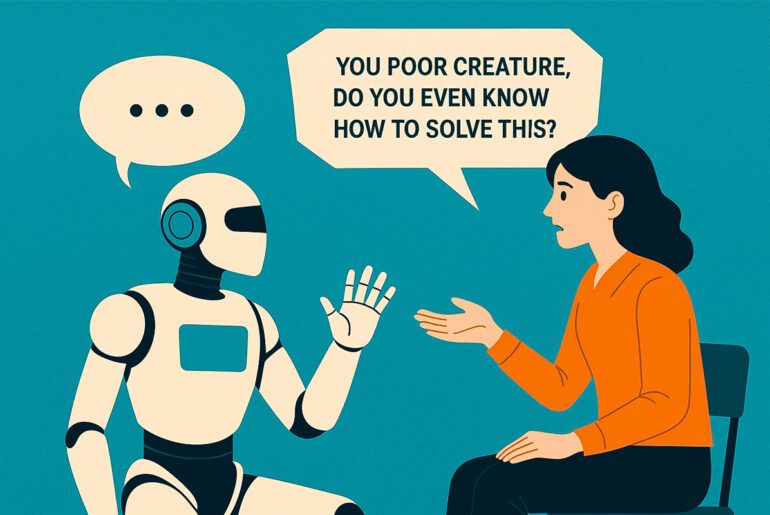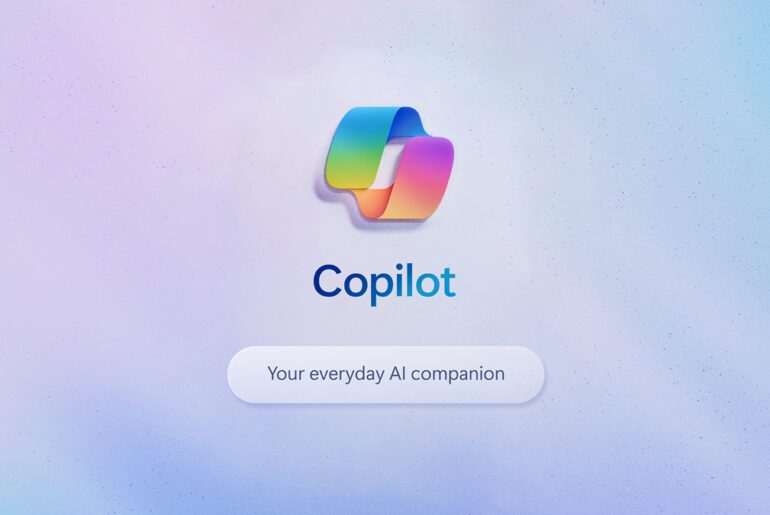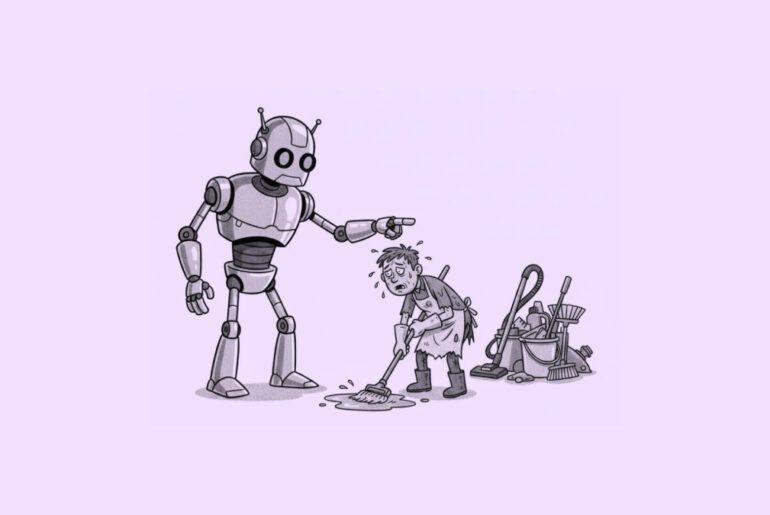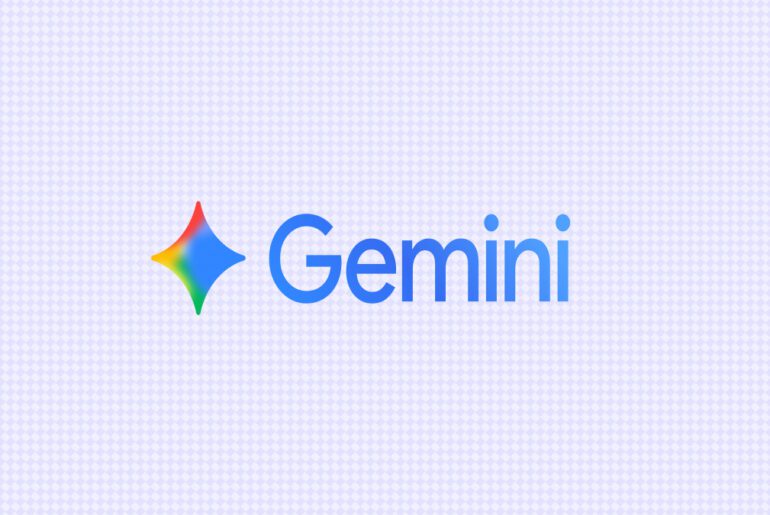“No translation is perfect — and sometimes, the difference between ‘a book’ and ‘books’ can change everything.” That is the warning echoing through classrooms, boardrooms, and translation desks alike as artificial intelligence surges into the world of language.
In the past decade, AI translation has moved from clumsy novelty to everyday tool. Today’s systems routinely boast 80 percent+ acceptance rates among native speakers, with custom models in trials hitting 90 percent or more. Some cutting-edge research even claims translation accuracy rates of 97 percent when benchmarked against traditional methods. Tools now power live translation in conversations, subtitles, legal documents, and social media feeds.
To many, this suggests a future where language learning is rendered redundant — why struggle through verb tables when you can just ask an app? But beneath the slick interface, linguists, educators, and industry veterans warn of cracks in that vision. AI may translate many sentences well, but it rarely understands them — and for anything more than “information only” uses, that gap can be ruinous.
The human cost: jobs, trust, meaning
For freelance translators and localizers, the AI wave is already encroaching. In hospitals, legal firms, and government agencies, AI drafts what used to be pure human work. As one institutional translator described it, “we are now more often checking machine outputs than writing translations ourselves.” Some professionals say they spend more time fixing AI errors than producing clean translations from scratch.
The stakes are especially high in domains with heavy consequences—contracts, medical records, compliance documents. A single mistranslation or ambiguous phrase might undermine a business deal, misdiagnose a patient, or expose a firm to regulatory risk. “AI can translate in seconds,” one industry observer warns, “but one misstep can unravel the entire message.”
Particularly vulnerable are cultural or idiomatic expressions, or subtle shifts in meaning tied to grammar (e.g. articles, aspect, politeness), which often don’t map neatly between languages. In some cases, Japanese translations don’t distinguish clearly between singular and plural English because the target language lacks the same grammatical distinction — a nuance easily lost even if the translation reads smoothly. (That’s exactly the “book vs books” problem often cited by linguists.)
Furthermore, AI systems mirror the biases and blind spots of their training data. In low-resource languages or dialects, AI may default to gendered pronouns or misrepresent culturally sensitive phrasing. One study found that ChatGPT consistently defaulted to “he” for professions, even when translating from languages with gender-neutral pronouns.
Why language learning still matters (and what’s changing)
As AI translation tools grow faster and more accurate, many are asking if it’s still worth studying a foreign language. The answer is yes—but the reasons are shifting. From preserving nuance to protecting cultural meaning, language learning is evolving in the age of AI.
- Guarding against error and ambiguity
No matter how polished, machine translation can misinterpret context, drop nuance, or flatten meaning. Only a reader fluent in the original language can judge whether the translation “fits.” For serious texts—poetry, philosophy, legal texts, or sacred works—relying blindly on AI is potentially dangerous. - Access to culture, thought, identity
Learning a language isn’t just converting words. It’s learning how a community thinks, imagines, and frames its world. When you speak a language, you can enjoy literature, humor, history, and identity in its original form. Relying on translation alone is always secondhand. - Weaker incentive to invest in language departments
Yet at schools and universities, enrollments in foreign languages are dropping. This decline puts language programs under pressure, creating fewer opportunities for human language teaching even as AI advances. - A new hybrid model of learning
Many education tech platforms are embracing generative AI in language learning, not as replacement but as partner. Take Duolingo, for example. It recently used AI to generate 148 new language courses in a fraction of the time traditional teams would take. The company also raised forecasts for 2025, citing growing adoption of AI-powered features. Rather than discarding language study, the strategy is to accelerate and scale it with AI. That said, the logic shift is subtle: the goal is not “learn just enough to rely on AI” but “go deeper, faster, broader with AI’s help.” - An expanding but resilient market
The language learning industry remains robust. In 2024, it was valued at USD 64.3 billion, and projections suggest it could hit USD 227 billion by 2035. Online language learning specifically is expected to grow by tens of billions in the coming years. That suggests that, even amid AI disruption, people still see value in actively acquiring language skills.
A turning point, not an endpoint
This is not a moment when machines simply outrank humans. It’s a moment of tension and transition. AI translation forces us to redefine what it means to “know” a language, and to ask whether shallow fluency is enough.
Future translators will likely become curators, editors, and critics of AI output, rather than pure creators from scratch. Language classes may shift toward deeper understanding of nuance, rhetoric, culture, and ethics—things AI still struggles with.
For the everyday language learner, the risk is clear: let AI do everything, and lose the ability to question, challenge, and appreciate original meaning. For industries, overreliance on AI translation may produce tidy but fragile results.
In that sense, language learning is not dying — it’s evolving in the shadow of AI. The real question going forward is not whether we need it, but what kind of language education we need in a world where machines speak almost as fluently as we do.





